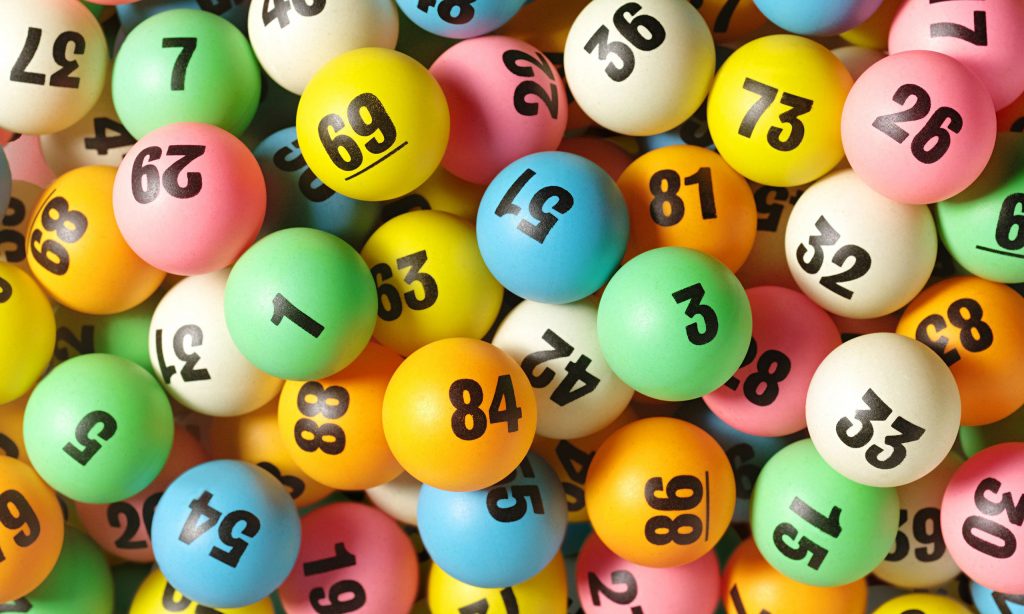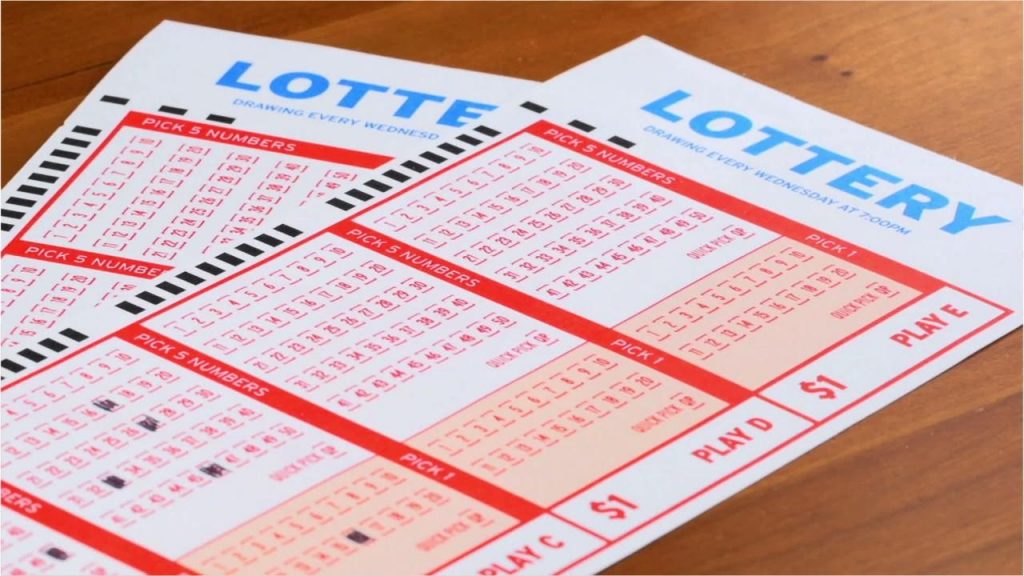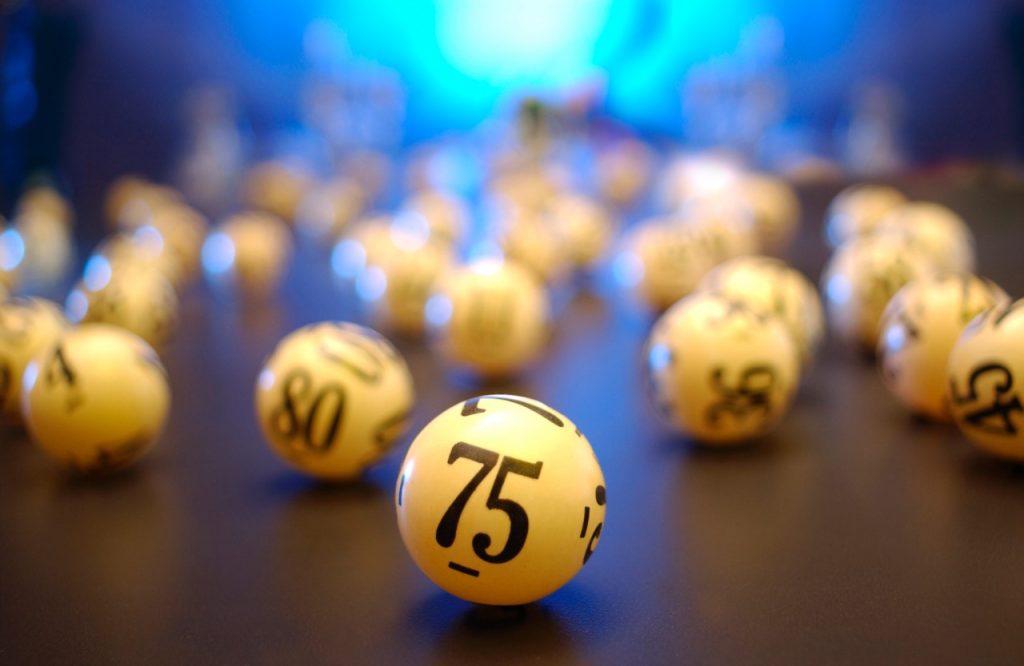
Chance or science? Maths shows how the lottery works
You’ve probably wondered what you would do if you won the lottery? For many, it would mean a major change in their lives, as they have already planned how they would use it. On the other side of the coin, there are those who are sceptical that it will ever happen and even call it a fraud.
Winning the Lottery – Consider From the Side of Science

It doesn’t matter if you are one of those who get their hopes up by buying a ticket every so often or if you are one of those who would never try these games, science, along with mathematics and statistics, will determine something amazing! Although it should be noted that there is no formula that ensures a 100% probability of success, that is a tall tale.
To explain this journey, we must start with the findings of Renato Gianella, a Brazilian mathematician who claims that it is entirely possible to predict numbers that are more likely to appear than others, by following the same patterns of behaviour. The scientist presents his study based on the Law of Large Numbers (a well-known theorem of random variables).
In the research “Geometry of chance: lottery numbers follow a predictable pattern” Gianella teaches that the lottery should no longer be seen as a game, but as an object of study with an authentic representation of probabilistic theory. This is because previous draws influence the future probability of a certain number coming up again, because when an event is repeated repeatedly, the average outcome should be close to the expected one.
Mathematical solutions

Mathematical genius Adam Kucharski, and globally renowned for writing about gambling theory, reveals that nothing drives people as crazy as the relationship between statistics and the lottery, and knowing their chances of winning. It is a subject that fascinates them, but is very difficult to understand.
Kucharski uses the “Kelly criterion” (devised by physicist John Kelly in the 1950s), one of the most widely used in gambling, to calculate the expected profit per unit investment. The result makes it possible to visualise the potential profits with the risk of loss, which the mathematician uses to exemplify in investment terms what the probability of winning the lottery is like.
To apply it, a mathematical operation is performed that calculates the probability of each result and multiplies it by the money that will be obtained in case the product occurs. If a lottery jackpot is 50 million dollars and the probability of winning is one in four million, this means that the investment per ticket unit should be 12.5 dollars.
Assuming the ticket costs $12, the expected net profit is 50 cents, while the total is $50 million, so just divide the net profit by the total. Kelly’s criteria recommends investing only that estimated fraction of the participant’s total wealth to win the big prize, which in this case would be 1/25,000,000 dollars, which gives an idea of how a statistical theory works in a draw that sold four million tickets.
From another perspective, Nicholas Kapoor, a professor of statistics at Fairfield University in Connecticut, explains that, despite his decades of study, there are some things that cannot be explained. Kapoor went home with more than a hundred thousand dollars in a draw in which he estimated a chance of 1/913,129. He concludes that his profile as a researcher clings to the numbers, but that his winning side tells him it’s luck.
Coincidence or a rigorous observation process? Once again, there is no magic equation for winning the lottery, the only thing left is to wait and have fun. And what better way to have fun, the safest and most reliable entertainment platform, where you will find Sorteos, a vertical totally dedicated to the lottery with which you will challenge destiny and science.
Conquer the game from your computer, tablet or smartphone on one of the most important and secure online entertainment platforms in the country. Download games for free on IOS or Android systems.